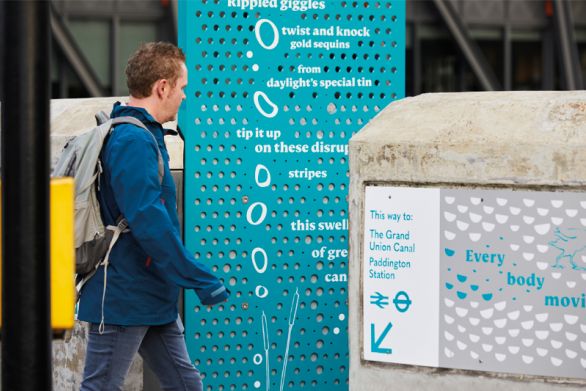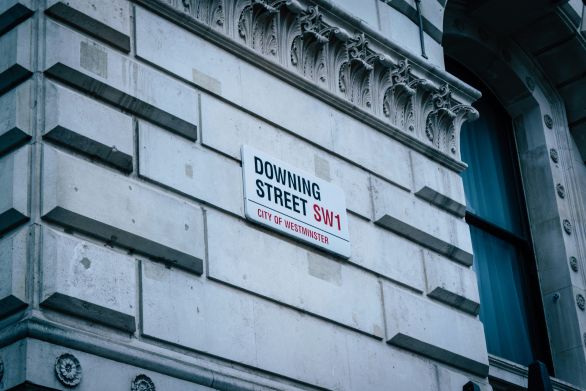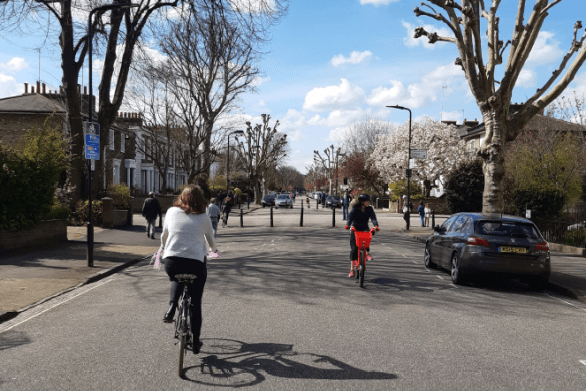On 3rd January 2011, the Government issued a revised Planning Policy Guidance Note 13 on Transport (PPG 13). This has been done outside of the programme to replace PPG set after the 2006 Barker Review.
What changes were made?
Only paragraphs 49 to 56 of the note have been updated. The key changes to PPG13 are removal of:
restrictions on parking spaces in residential developments; and the requirement to set high parking charges intended to encourage walking, cycling and the use of public transport.
Councils will now be able to set parking policies they believe are right for their own areas. This could, for example, include encouraging people to travel by car into town centres to use local shops and improve the economic vitality of the area.
Transport Secretary Philip Hammond described the revisions to PPG 13 as:
“a key step in ending the war on the motorist. For years politicians peddled the pessimistic, outdated attitude that they could cut carbon emissions by forcing people out of their cars. But this Government recognises that cars are a lifeline for many people – ad that by supporting the next generation of electric and ultra-low emission vehicles, it can enable sustainable green motoring to be a long-term part of Britain’s future transport planning.”
What impact will these changes have?
In areas where Councils believe there is demand for housing developments with more parking spaces, they will be able to specify these levels at a County or Unitary Council level. This breaks with the recent trend for Government policy to encourage sustainable travel choices. Confusingly, whilst the reference to maximum parking.
standards has been removed from the main body of the document, the reference remains in Annex D which is entitled ‘Maximum Parking Standards’.
While this move seems to give more local control to set parking standards, in practice many Local Authorities have already developed their own parking standards (based in some cases on the previous PPG13 standards). Revising these may not be a priority given the current funding crisis.
Clear as mud?
There are several parts of the revised PPG13 that remain out of date and may only serve to confuse decision-makers. These include references to Regional Transport Strategies and to PPG 6 – Town Centres that was replaced several years ago. There also are references to Railtrack and the Strategic Rail Authority – both bodies that no longer exist.
Interestingly, later in the week, a further revised version appeared on the DCLG website to replace the 3rd January release in which paragraphs 12 to 17 were removed. The earlier version seemed to unwittingly reintroduce the 30 dwellings per ha. minimum density abolished by the Government last year.
It appears that the Government partial update of PPG13 may have been designed to avoid having to consult on the proposed changes. The prompting of a wider debate on the issues that such a consultation would have caused may have slowed up the Government’s attempts to make the specific changes on parking provision and charges.











